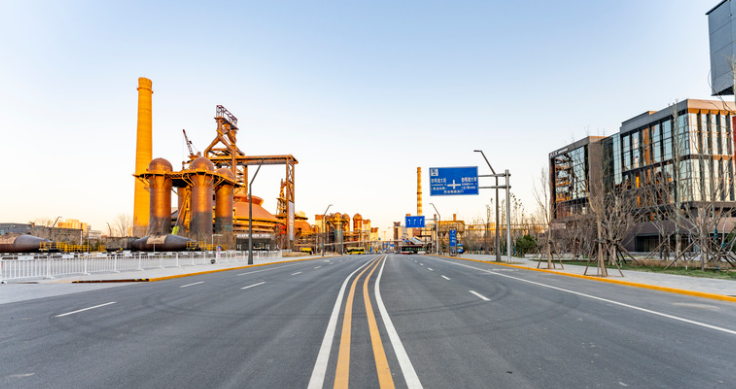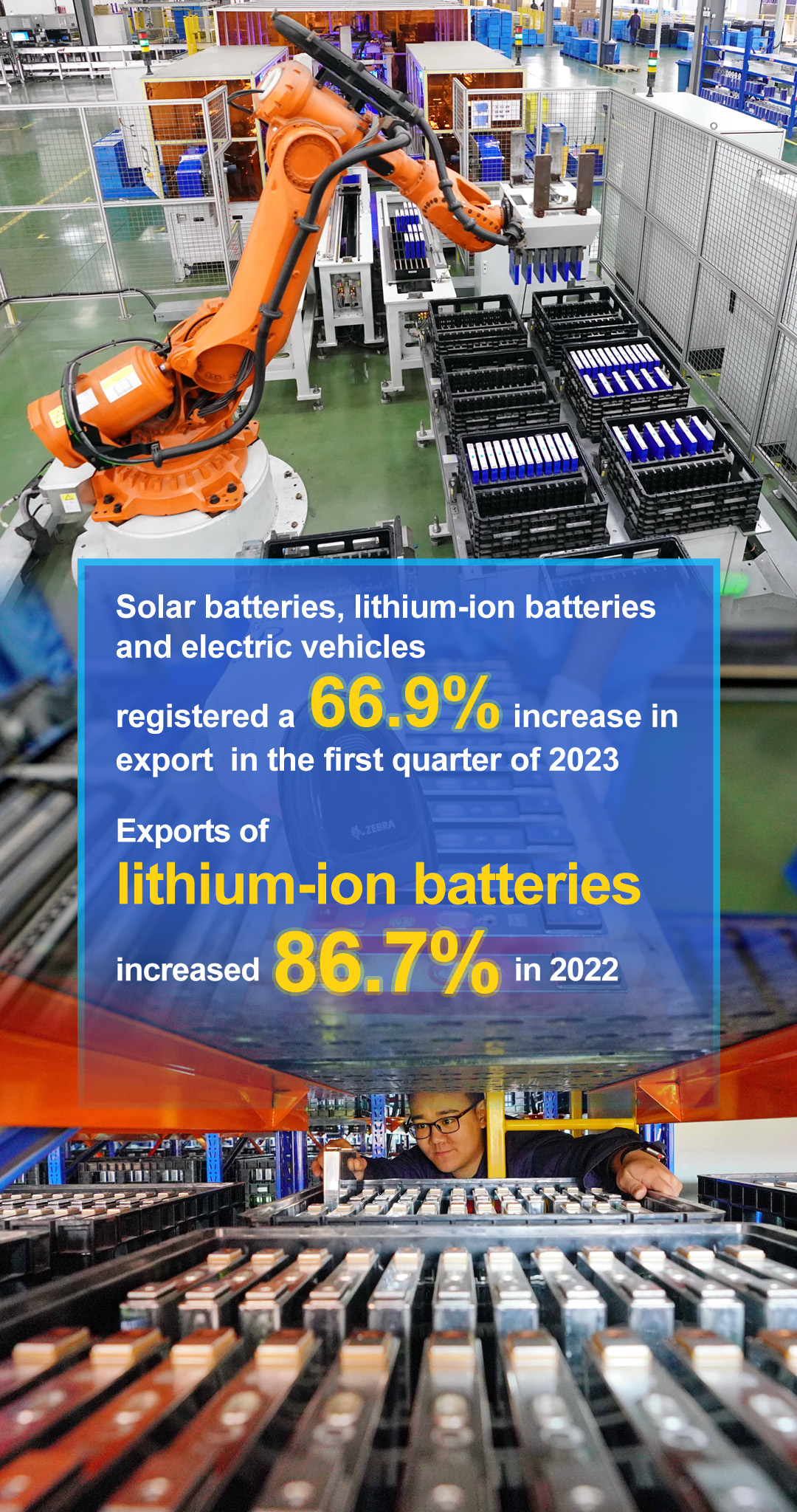Guangdong's Drive: Forging a Future in Artificial Intelligence and Robotics
In a strategic push to strengthen its economic and industrial prowess, Guangdong Province in South China has announced plans to establish artificial intelligence (AI) and robotics as key pillars of its high-tech, high-growth industries by 2025. The province, a significant economic player in China, is set to leverage its historical manufacturing strength and advanced technological capabilities to position itself at the forefront of the global innovation race.
At the Guangdong Provincial High-Quality Development Conference, Huang Kunming, Party Secretary of Guangdong, laid out the province's forward-looking industrial strategy. He emphasized that Guangdong would accelerate the creation of a modern industrial system, which would blend traditional manufacturing, cutting-edge technology, and future-facing industries. The goal is to drive high-quality development while fostering global competitiveness.
////
Strategic Focus on AI and Robotics
ONE

Central to Guangdong's vision is the development of AI and robotics industries, which are expected to become the new backbone of the province's economy. The push comes as Guangdong aims to make significant strides in automation and smart technology, areas that are poised for rapid growth as global demand for AI and robotic solutions soars. By tapping into this sector, Guangdong seeks not only to drive innovation but also to ensure the long-term sustainability of its economic model.
The province has already seen promising signs of success in these areas. Companies like Huawei and Midea Group are leading the charge in integrating AI and robotics into their product lines. In 2024, Huawei's revenue exceeded 860 billion yuan, demonstrating that quality-driven growth can thrive even amidst challenging external conditions. Midea, which has become one of the top four industrial robot manufacturers worldwide, continues to make waves with its robot and automation business, which has surpassed 30 billion yuan in revenue.
////
Expanding Industrial Clusters
TWO

Guangdong's industrial landscape is a complex yet harmonious mix of traditional industries, emerging sectors, and future-oriented technological fields. From advanced manufacturing in Guangzhou to smart home appliances in Foshan and technological innovation in Shenzhen, the province boasts a well-rounded portfolio that is actively being integrated into eight industrial clusters. Each of these clusters is valued at over 1 trillion yuan, underlining their importance to the regional economy.
The integration of multiple sectors within Guangdong's manufacturing ecosystem ensures a dynamic, cross-pollinating environment that fosters growth. By merging traditional strengths with future technologies, Guangdong is positioning itself as a major player in global supply chains and technological innovation.
////
Regulatory Reform and Efficiency
THREE
Guangdong has also set ambitious goals for cultivating a market-oriented, internationalized business environment. With policies that encourage multi-sector cooperation, the province aims to support a diverse range of enterprises, from state-owned to private and foreign-invested companies. The ongoing “Ten Hundred Thousand” program is expected to create 50 leading technology companies, 100 chain leaders, 1000 manufacturing champions, and 10,000 specialized “Little Giants”—a strategic move designed to ensure the sustainable development of high-quality enterprises.
Simultaneously, the province plans to continue optimizing its business environment and governance mechanisms. With initiatives like the “Million Talents for South Guangdong” program, Guangdong aims to attract one million university graduates to foster innovation and entrepreneurship. The program will offer competitive salaries and job opportunities, ensuring the province remains an attractive destination for top talent.
////
Global Integration and Technological Innovation
FOUR
As Guangdong continues to push forward with its industrial transformation, global integration remains a central pillar of its strategy. The province has committed to expanding its involvement in international production and innovation networks. This will not only enhance the province's technological self-sufficiency but also increase its competitiveness in the global market.
Technological innovation, particularly in AI and robotics, will play a key role in Guangdong's efforts to integrate itself into global value chains. With policies aimed at bolstering technological self-reliance and supporting the commercialization of innovations, Guangdong is striving to become a global leader in these industries.





















































First, please LoginComment After ~